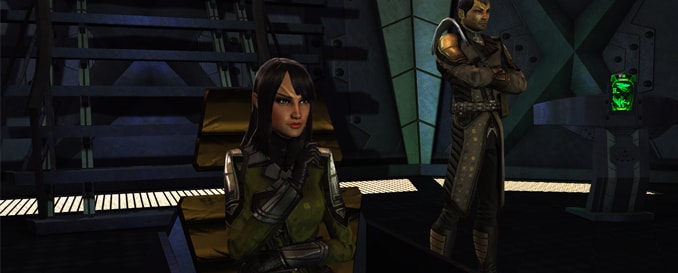
Remembering a Home Lost to Destruction

As Israel’s ongoing military actions in Gaza continue to devastate the 140-square-mile region, a poignant museum installation in New York is honoring homes destroyed in Palestine, Iraq, and Syria. The “Patterns of Life” exhibition at the Cooper Hewitt, Smithsonian Design Museum, combines art, journalism, oral history, and architecture to remember these lost structures. It invites attendees to explore the former homes of three families from Gaza, Mosul (Iraq), and Manbij (Syria), each impacted by military operations over the last ten years. This exhibit is a pivotal part of the Smithsonian Design Triennial, titled “Making Home,” available for viewing until August 10, 2023.
Among the featured residences is Basim Razzo’s former home in Mosul, obliterated in a 2015 airstrike by the American-led coalition against the Islamic State, mistakenly targeted as a bomb-making site. Razzo tragically lost several family members in the incident. His heartening reaction to the artistic replication of his home within the exhibition highlights the emotional significance of preserving such memories.
Mona Chalabi, a British-Iraqi data journalist, and SITU Research collaborated to create the installations, using interviews, survivor-provided images, and satellite data to reconstruct these domiciles. The inclusion of family crafts and objects within these models showcases everyday life narratives lost amid destruction. Chalabi emphasizes that these representations contrast with prevalent Western portrayals of such devastation, highlighting the essence of humanity within the ruins. For creators and participants, the exhibit symbolizes both a conduit of memory and a critique of military actions’ profound impact on civilian life, striving to immortalize the personal stories intertwined with these physical spaces.
Additionally, through Chalabi’s evocative sketches and factual narratives, the exhibition reinforces awareness of the sheer scale of destruction in these regions, aspiring to prevent these conflicts from fading into obscurity and encouraging a global reflection on loss and resilience.